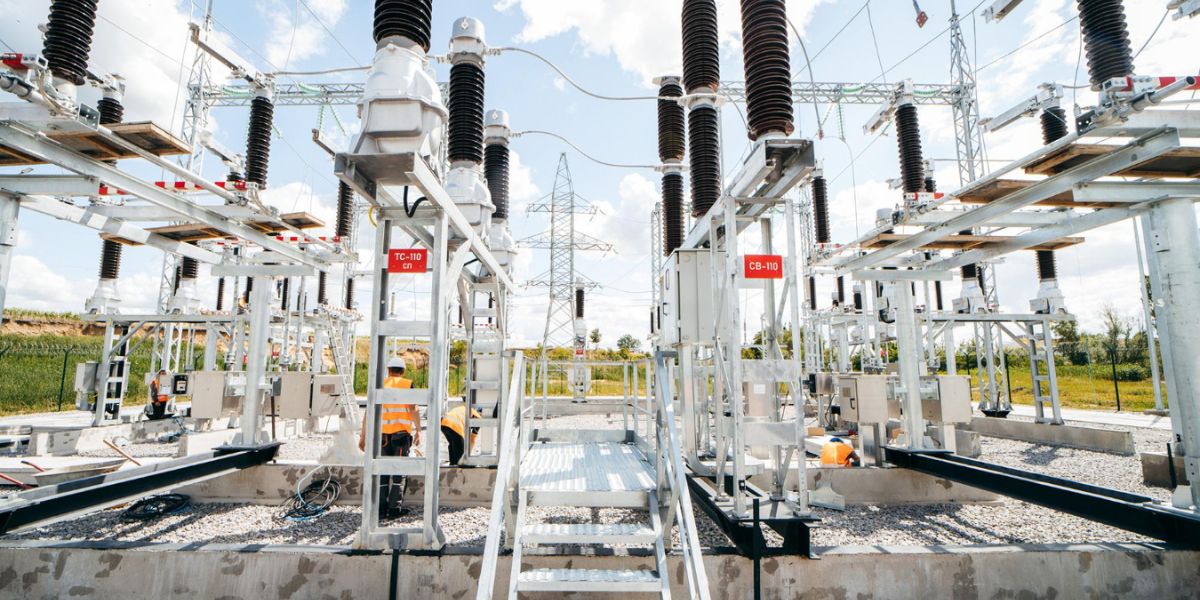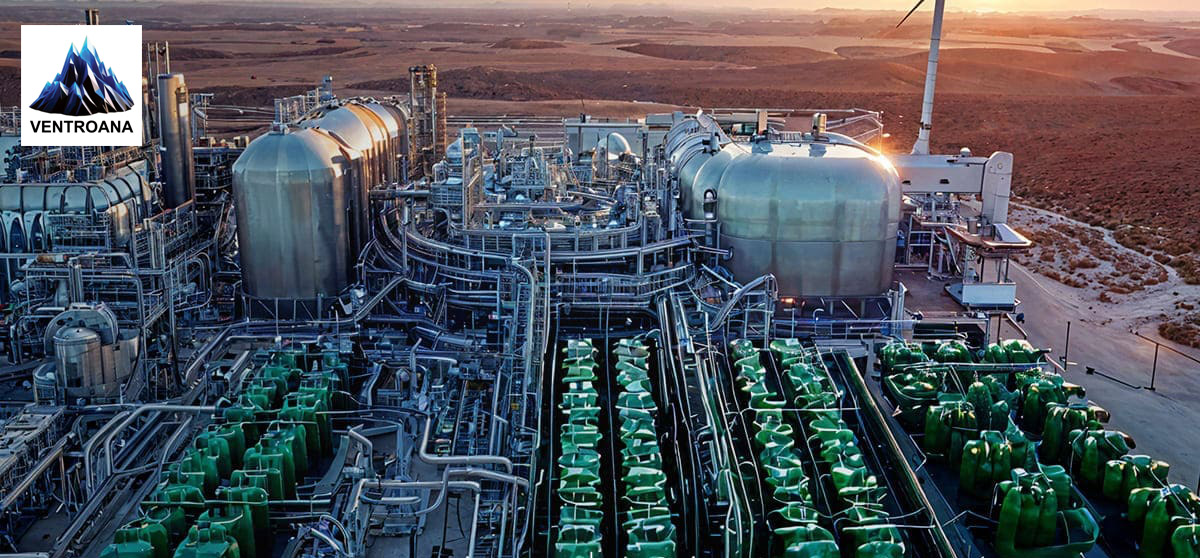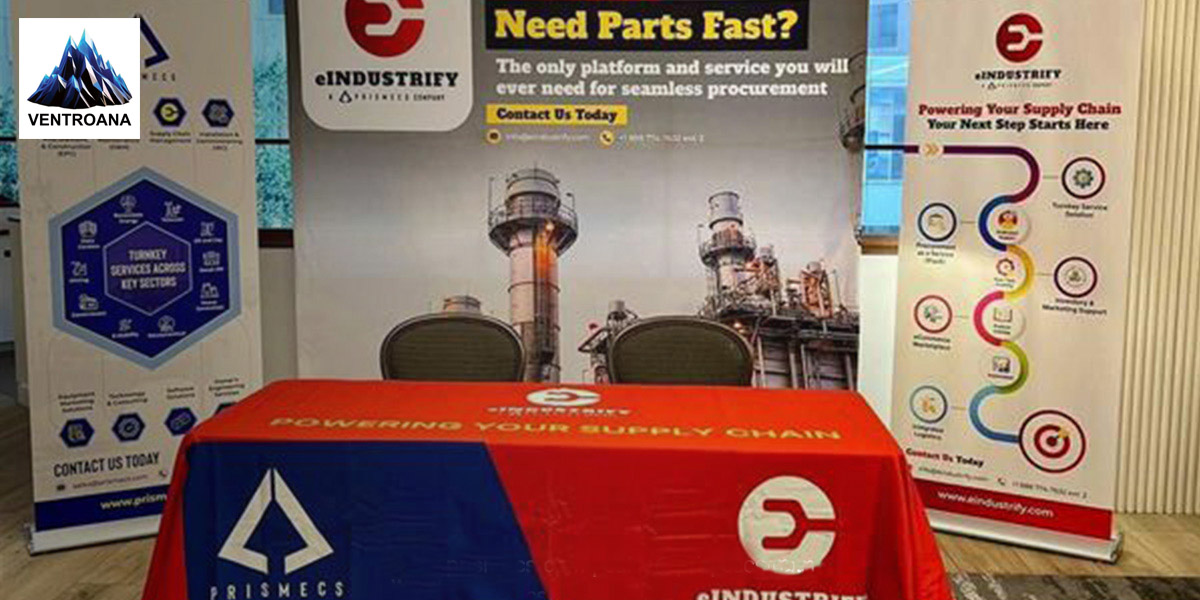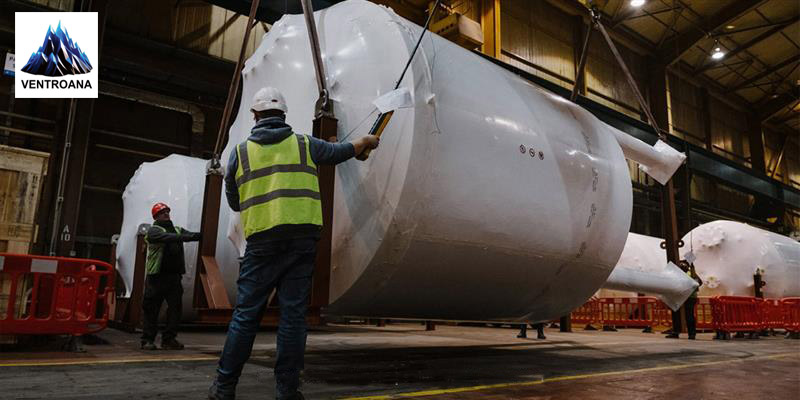Microgrid
February 23, 2024

A substation is an integral part of an electrical power system, responsible for receiving and distributing power from power plants to homes, offices, and factories. The equipment used in a substation is essential for ensuring the safe, efficient, and reliable operation of the power system. In this blog, we will explore the different types of substation equipment and their functions.
The following are the different types of substation equipment:
Transformers are an essential piece of substation equipment that is responsible for transforming high-voltage electricity from power plants into lower voltage levels that can be used by homes and businesses.
They work by using electromagnetic induction to convert one voltage level into another. There are several types of transformers used in substations, including step-up transformers, step-down transformers, and autotransformers.
Circuit breakers are designed to protect electrical equipment and prevent damage to the power system in case of a fault. They operate by interrupting the flow of current in the electrical system when a fault is detected.
Circuit breakers can be either manual or automatic, and they come in different sizes and ratings depending on the voltage and current levels they need to handle.
Switchgear is a general term used to describe any equipment used to control the flow of electricity in a substation. It includes devices such as switches, fuses, and circuit breakers, which are used to protect and control the electrical system.
Switchgear can be either metal-clad or metal-enclosed, and they come in various sizes and types depending on the voltage and current levels they need to handle.
Capacitors are used in substations to improve power quality by regulating the voltage and reducing power losses. They work by storing electrical energy and releasing it when the system needs it, thereby reducing voltage drops and improving the efficiency of the electrical system.
Reactors are used in substations to limit the flow of current in the electrical system and prevent the overloading of equipment. They are typically used with capacitors to regulate voltage levels and improve power quality.
Instrument transformers are used to measure the voltage and current levels in a substation. They come in two types: current transformers (CTs) and potential transformers (PTs). CTs are used to measure the current flowing through a circuit, while PTs are used to measure the voltage across a circuit. These measurements are essential for controlling and protecting the electrical system.
Battery banks are used to provide backup power to a substation in case of a power outage. They are typically used to power critical equipment such as protective relays and control systems, which need to remain operational even when the main power supply is disrupted.
Protective relays are used to monitor the electrical system and detect faults. They operate by sensing abnormalities in the electrical system and triggering circuit breakers to isolate the faulty area. Protective relays are essential for protecting the equipment in a substation from damage and preventing power outages.
Control systems are used to monitor and control the operation of the electrical system in a substation. They include devices such as programmable logic
Controllers (PLCs) and human-machine interfaces (HMIs) monitor the status of equipment and adjust settings to optimize the system's operation.
Finding substation equipment can be a challenging task for several reasons, including:
Some types of substation equipment may not be readily available on the market due to limited production, low demand, or other factors.
Many substation equipment pieces are customized to fit the specific needs of a particular substation. As a result, finding equipment that matches the specifications of a particular substation can be challenging.
Substation equipment must be compatible with other equipment and systems already in place at the substation. Finding equipment that is compatible with existing systems can be a challenge, especially if those systems are older or have unique requirements.
Substation equipment can be expensive, and the cost can vary significantly depending on the type and quality of the equipment. Finding affordable equipment that meets the required specifications can be a challenge.
Selecting the right equipment for a substation requires a deep understanding of the technical requirements and specifications. This can be challenging for those without specialized knowledge or experience in the field.
The Substation equipment is an essential part of the electrical grid, and it plays a crucial role in the distribution and transmission of electricity. Some of the benefits of substation equipment are:
Substation equipment ensures a reliable power supply by maintaining voltage levels, regulating power flows, and protecting the system from faults and overloads.
They can reduce power losses during transmission and distribution, leading to more efficient power delivery and reduced costs.
The Substation equipment can increase the capacity of the electrical grid by enabling the integration of renewable energy sources and improving load management.
Substation equipment incorporates safety measures such as circuit breakers, grounding systems, and protective relays, which help prevent electrical accidents and reduce the risk of power outages.
It can be remotely monitored and controlled, which enables operators to quickly respond to any issues or emergencies and reduce downtime.
They can be easily expanded or upgraded to meet the changing needs of the electrical grid and accommodate future growth.
Overall, substation equipment is a critical infrastructure that enables the reliable and efficient distribution and transmission of electricity, which is essential for modern society to function.
All in all, substation equipment plays a vital role in ensuring the safe, efficient, and reliable operation of electrical power systems. From transformers and circuit breakers to capacitors and reactors, each piece of equipment has a specific function that is essential for the proper functioning of the electrical system.
As technology continues to evolve, developers will produce more advanced and efficient substation equipment to meet the increasing electricity demand and enhance the reliability of the power system.
Ventro Analytics provides us with various substation equipment for safe and efficient power grid operation. To avail of our services and to know about substation equipment, you can directly call us at 18887746632 or you can email us at sales@ventroana.com.
Tags:

Successful Implementation of Green Hydrogen in Power Plants
Discover how green hydrogen revolutionizes power plants with sustainable energy solutions, reducing ...

Driving Innovation and Resilience: Insights from the 10th Annual Energy Supply C...
Gain insights on driving innovation and resilience at the 10th Energy Supply Chain & Procurement Sum...

Understanding EPC Engineering: Key Concepts Explained
Discover the essentials of EPC Engineering, covering contracts, project phases, and roles of EPC con...